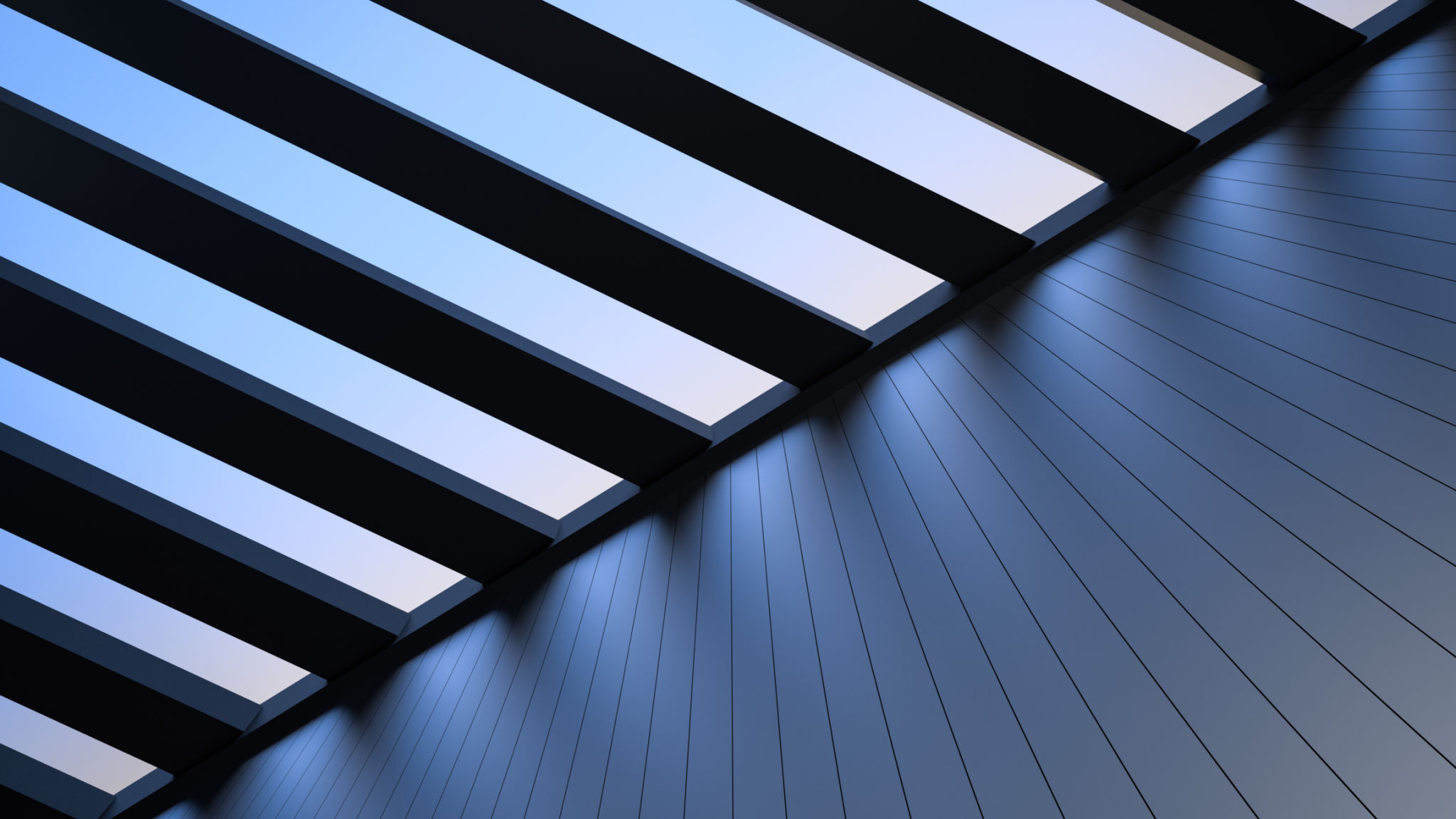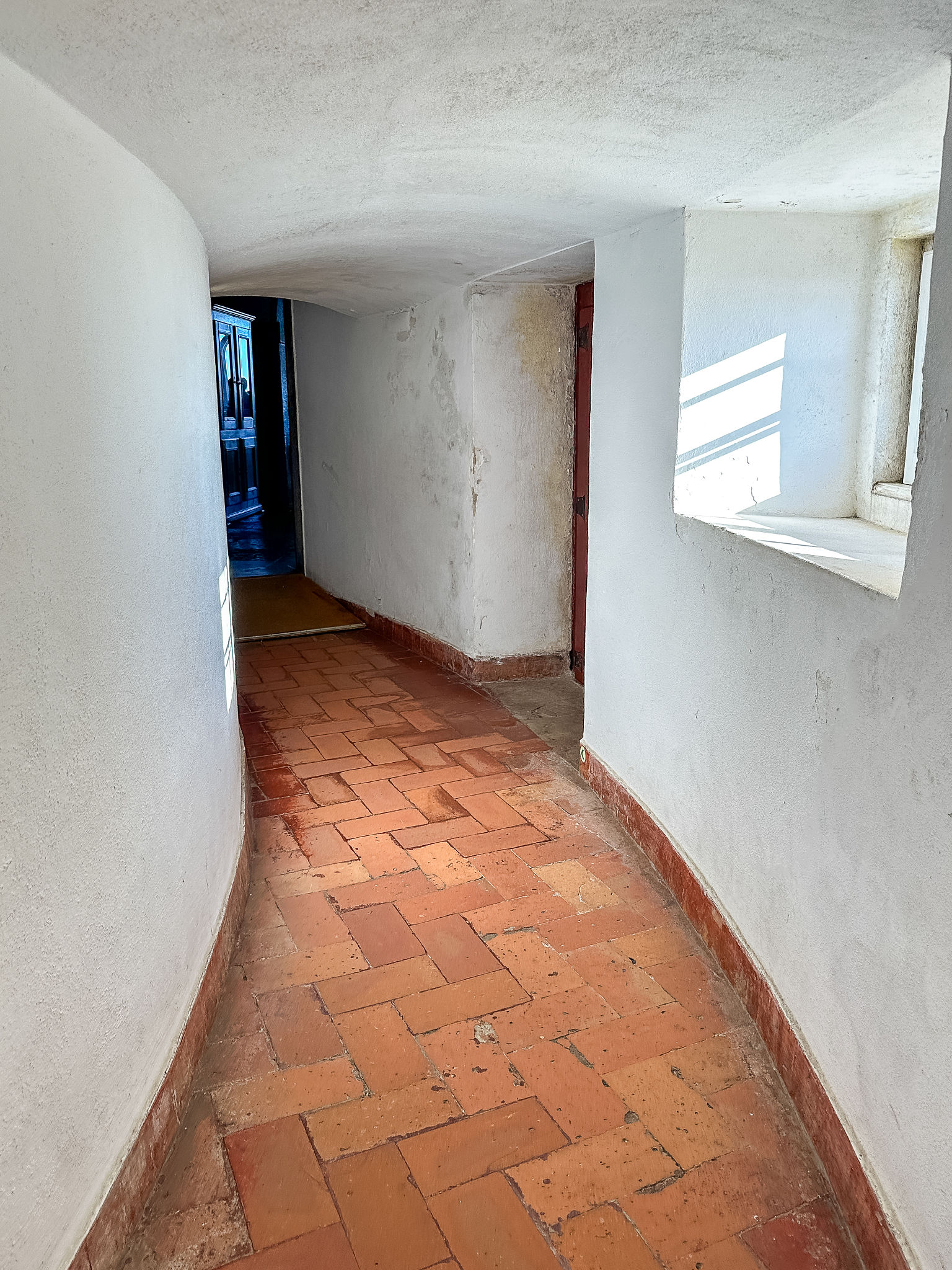The Role of Light in Modern Lisboa Architecture: Expert Tips
The Importance of Natural Light in Lisboa's Architectural Design
Lisboa, the sun-kissed capital of Portugal, is renowned for its picturesque streets and elegant architecture. One of the defining elements that make Lisboa's architecture so unique is the strategic use of natural light. Modern architects in the city have been increasingly harnessing this abundant resource to create spaces that are not only aesthetically pleasing but also energy-efficient.
Natural light enhances the beauty of structures and plays a significant role in reducing energy consumption. By designing buildings that optimize sunlight, architects can minimize the need for artificial lighting, leading to substantial energy savings. This approach not only benefits the environment but also enhances the well-being of the city's residents.

Modern Techniques for Maximizing Light
Incorporating large windows and open spaces is a popular technique employed by architects in Lisboa to maximize natural light. These design elements allow sunlight to flood into interiors, creating a sense of openness and connectivity with the outdoors. Additionally, the use of reflective surfaces, such as white walls and polished floors, can further amplify light, making spaces feel brighter and more inviting.
Moreover, architects are using innovative materials like glass and translucent panels to diffuse light throughout buildings. These materials can be especially effective in urban areas where space is limited, offering privacy while still allowing rooms to be bathed in natural light. The result is a harmonious blend of privacy and illumination.

The Role of Light in Creating Mood and Atmosphere
Light is a powerful tool for setting the mood and atmosphere within a space. In modern Lisboa architecture, designers carefully consider how light interacts with various textures and colors to create a desired ambiance. For example, warm hues can evoke a cozy and inviting atmosphere, while cooler tones might be used to foster a sense of calm and serenity.
This thoughtful use of light extends beyond residential buildings to public spaces and commercial properties as well. By strategically placing light sources and selecting appropriate fixtures, architects can transform an ordinary room into an extraordinary experience, enhancing both functionality and aesthetic appeal.

Expert Tips for Incorporating Light in Design
For those looking to incorporate more natural light into their own spaces, several expert tips can guide the process:
- Orientation Matters: Positioning windows and openings to face the sun can maximize light exposure throughout the day.
- Use of Mirrors: Strategically placed mirrors can reflect light into darker areas, increasing brightness without additional fixtures.
- Layered Lighting: Combining different types of lighting (ambient, task, accent) ensures flexibility in creating desired atmospheres.
These strategies are not only applicable to new constructions but can also be adapted in renovations to improve existing structures. With careful planning, any space can be transformed into a light-filled haven.

The Future of Light in Architecture
As technology advances, the use of light in architecture continues to evolve. In Lisboa, architects are exploring sustainable technologies such as smart windows that adjust their transparency based on sunlight intensity. These innovations promise to make buildings even more energy-efficient and adaptable to changing environmental conditions.
Furthermore, integrating natural light with smart home systems allows residents to control lighting remotely, offering both convenience and efficiency. This synergy between natural and artificial light is shaping the future of architectural design in Lisboa and beyond.
The role of light in modern architecture is pivotal, influencing not only aesthetics but also sustainability and human experience. As Lisboa continues to grow and evolve, its architects will undoubtedly remain at the forefront of harnessing light to create spaces that are both beautiful and functional.
